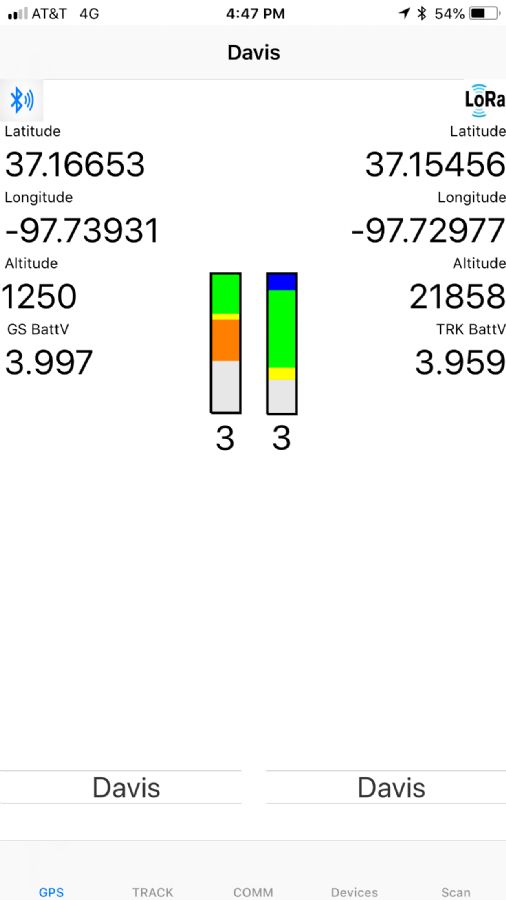Not so fast....If this product is Part 15 approved as a license free device, you can operate it without an Amateur Radio license. Just because it uses a license free band, one also shared with Licensed user's on the Ham band, it is not automatically capable of license-free automation. Its not to say you would not get away with it, but the Manufacturer can be seriously bitch-slapped by the FCC if HE says its license free, so I would not put words in his mouth. Hey, its ten bucks, a 4th grade-level multiple-guess test, and a couple hours of your time to get the ARS license, so don't commit crimes when the risk is substantially greater than the benefit.
Allen AF6OF
BYONICS








